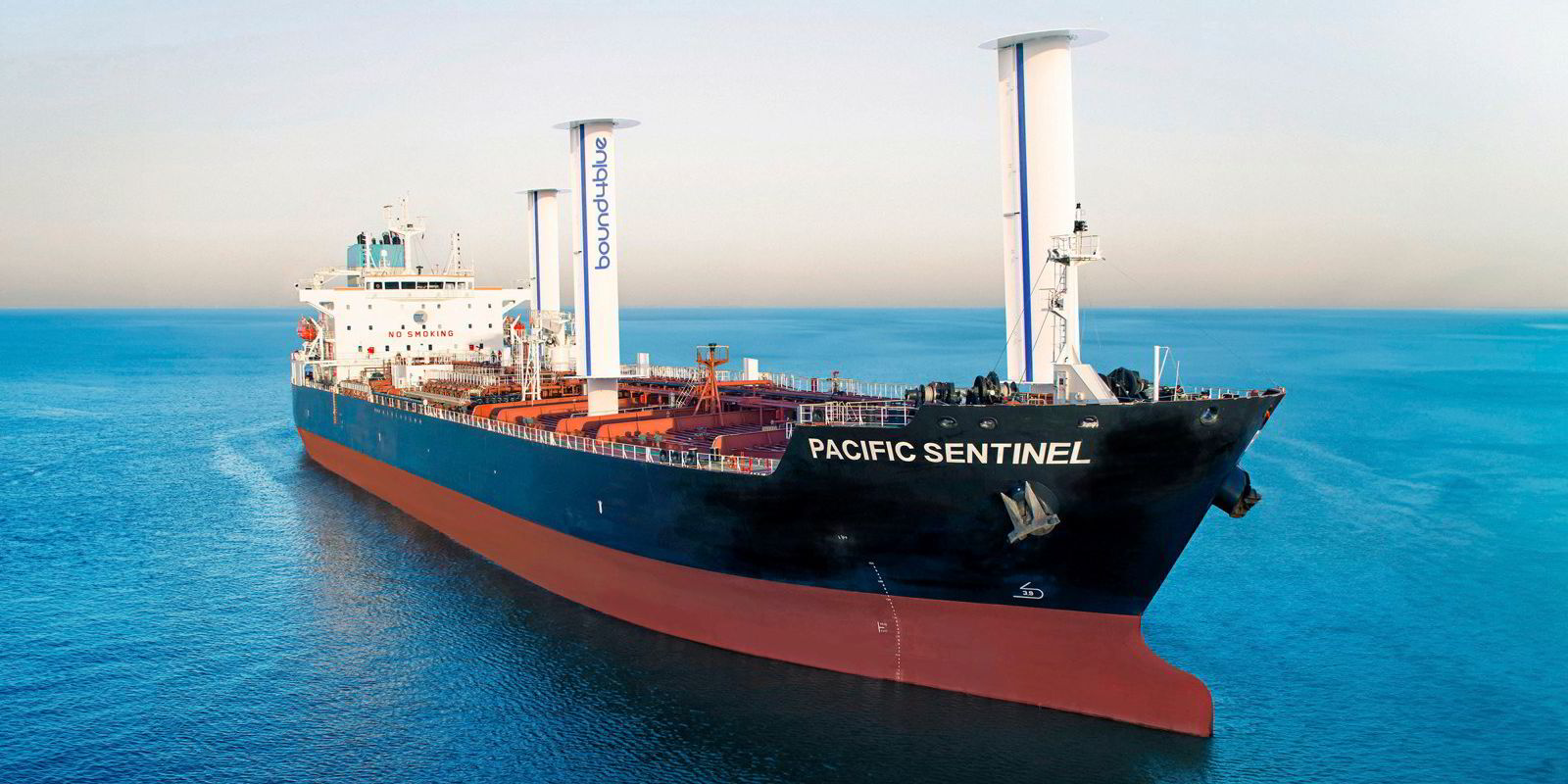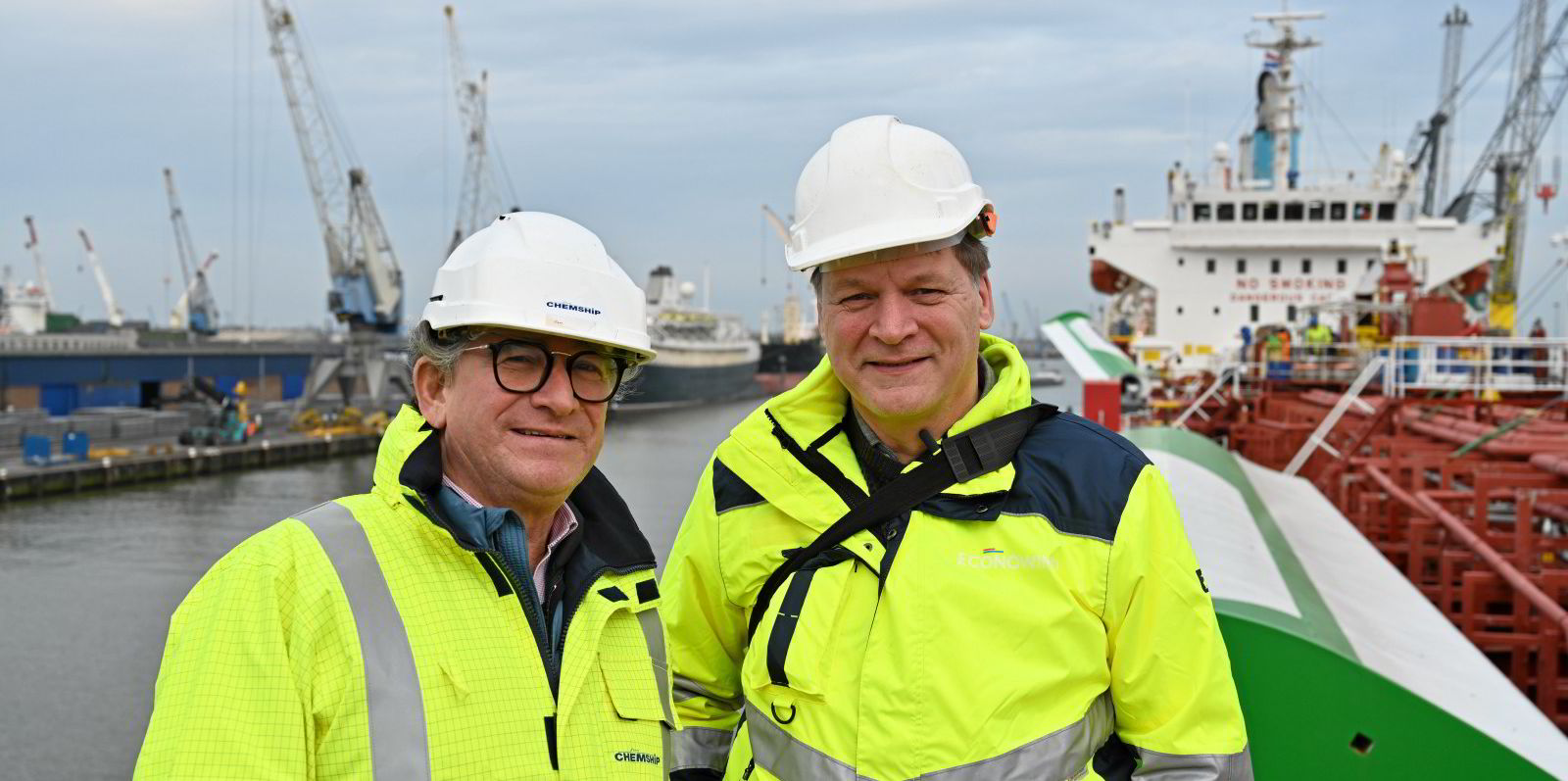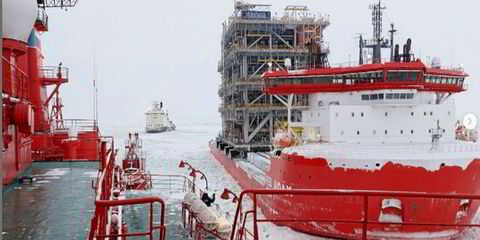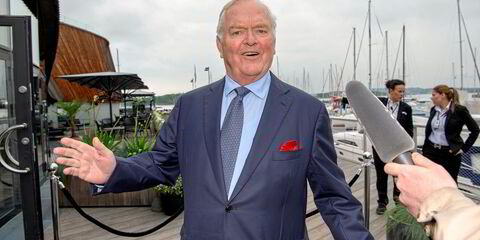Eastern Pacific Shipping has struck a deal with Spain’s bound4blue to install wind propulsion on a chemical tanker that it hopes will achieve 10% energy savings.
The 50,300-dwt Pacific Sentinel (built 2019) will be outfitted with three 22-metre eSAILs in the fourth quarter.
Cyril Ducau, the Singapore shipowner’s chief executive, said it is “committed to exploring and implementing innovative solutions that improve energy efficiency and reduce emissions across our fleet”.
“Over the past six years, our investments in projects including dual-fuel vessels, carbon capture, biofuels, voyage optimisation technology and more have allowed us to reduce our emissions intensity by 30%,” he added
He said Eastern Pacific has also achieved an annual efficiency ratio of 3.6 grams of CO2 per deadweight tonne-mile in 2023, beating its own carbon intensity targets.
“The addition of the bound4blue groundbreaking wind-assisted propulsion will enhance our efforts on this path to decarbonise,” Ducau said.
Bound4blue said its suction sails’ estimated 10% energy consumption cut depends on vessel routing. They will use an autonomous control system that optimises power and reduces engine load and fuel consumption without crew input.
Signing up with a major shipowner is an important milestone, according to the climate tech company’s chief executive, Jose Miguel Bermudez.
“Signing an agreement with an industry player of the scale and reputation of EPS not only highlights the growing recognition of wind-assisted propulsion as a vital solution for maximising both environmental and commercial benefits but also underscores the confidence industry leaders have in our proven technology,” he said.
“It’s exciting to secure our first contract in Singapore, particularly with EPS, a company known for both its business success and its environmental commitment. We see the company as a role model for shipping in that respect.”
Once installed, the Pacific Sentinel will receive a wind-assisted notation from classification society the American Bureau of Shipping.
“Wind-assisted propulsion is an energy-efficiency technology with a significant role to play in helping the global fleet swiftly improve its carbon intensity,” said chief executive Chris Wiernicki.
“As we wait for global alternative fuel infrastructure to mature, utilising a readily available and truly zero-emission solution such as the wind is a smart move.”




